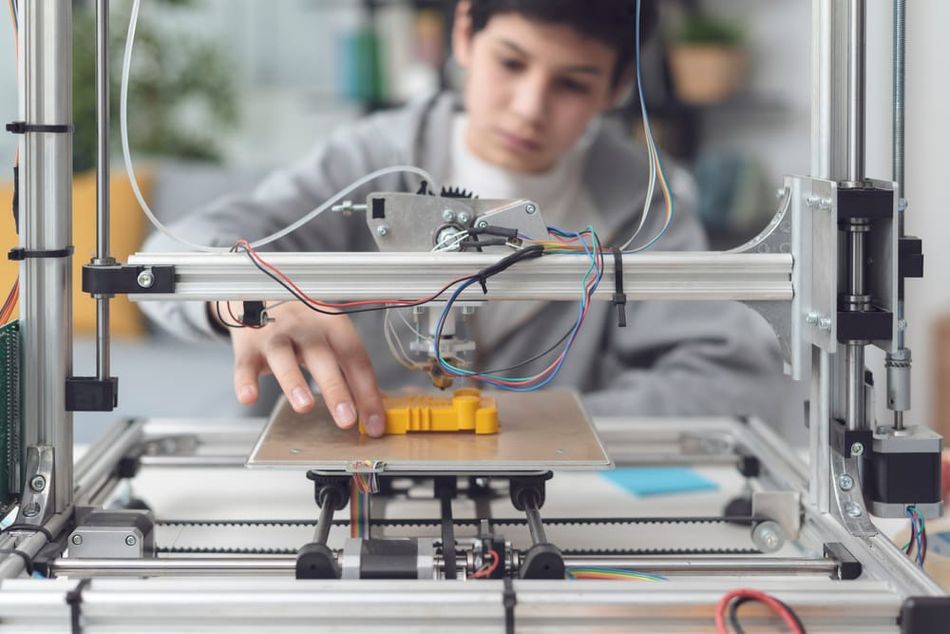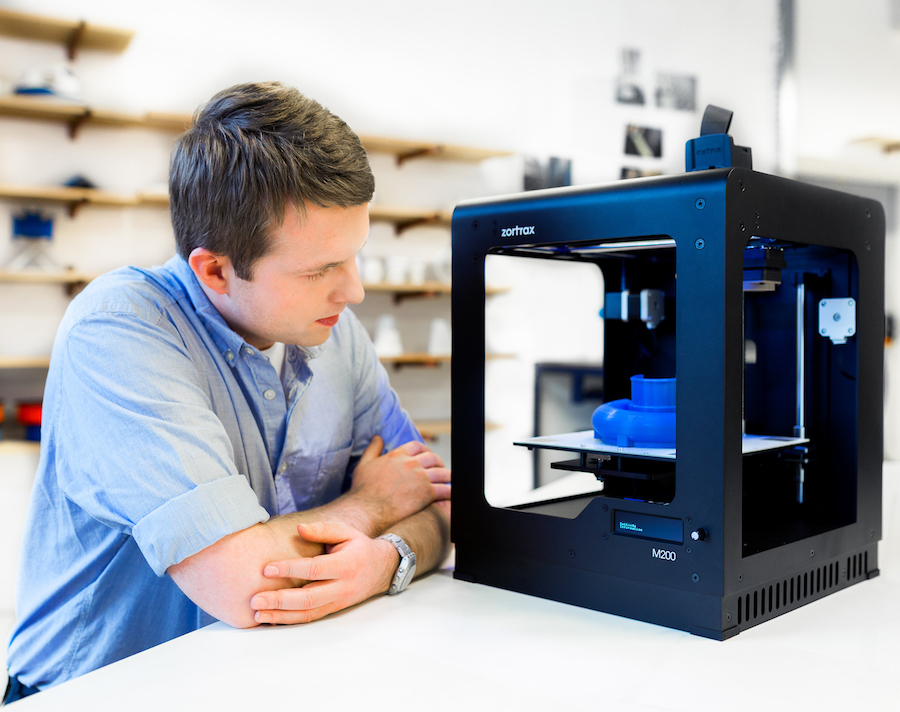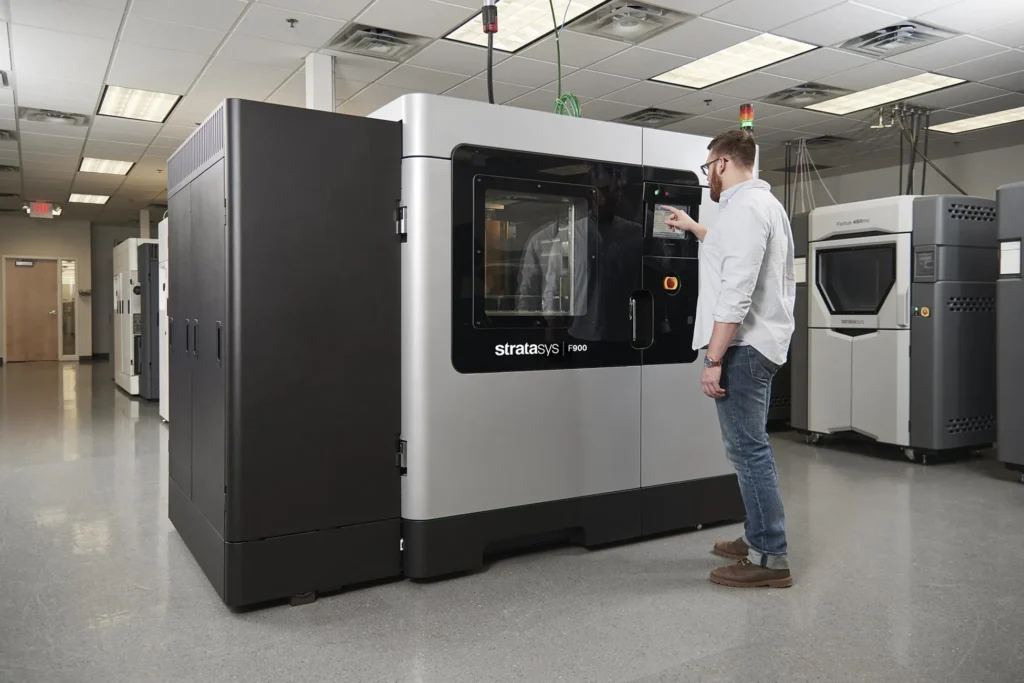Introduction: Why Your 3D Prints Aren’t Perfect—and How You Fix It
You’ve invested in your home 3D printer, but prototypes still look rough. Issues like warping, layer shifts, poor fit, or weak structures ruin your workflow. You want perfect prototypes, higher reliability, and savings in time and wasted filament.

This post gives you proven techniques to optimize your home 3D printer, packed with best practices, parameter tuning, and material strategies, so you produce flawless prototypes—every single time.
H2: Optimize Home 3D Printer Settings for High‑Quality Prints
You must fine‑tune these core settings:
- Nozzle temperature: Keep within ±5 °C of filament spec (e.g. PLA → 200–210 °C). Too hot → stringing; too cold → poor layer adhesion.
- Bed temperature and adhesion: Use 60 °C for PLA bed, blue painter’s tape or glue stick for ABS. Good adhesion prevents warping.
- Layer height & resolution: Use 0.2 mm with a 0.4 mm nozzle for a balance of speed and strength (Wikipedia, Chief Delphi).
- Print speed: Start slow—30–40 mm/s. Faster speeds risk ringing and loss of detail.
- Retraction settings: Tweak retraction distance and speed to reduce stringing and blobs.
You test these one at a time—adjust, test, and analyze results. That’s your key to reliable prototype quality.
H2: Best Design Practices for 3D Prototype Success
Make your 3D model print‑friendly before slicing:
- Avoid overhangs & design for self-supporting geometry. Orient parts to minimize downward angles. Using clever angles reduces the need for supports (geomiq.com).
- Chamfer sharp edges and round wall corners slightly to reduce stress and layer separation (Reddit, MasterSketchUp.com).
- Maintain wall thickness: At least 1–1.5× nozzle diameter. Thin walls lead to fragile prints.
- Check tolerances and fit clearances if parts assemble—design slight clearance (0.2–0.4 mm) for press-fit prototypes (geomiq.com).
- Use parametric CAD software (Fusion 360, SolidWorks)—so you easily iterate dimensions without rebuilding solid mesh files (Reddit).
H2: Materials & Filament Choices for Prototype Perfection
Choose fiber wisely:
- PLA: Best for ease, minimal warping, good surface finish.
- PETG: Stronger and flexible, but string-prone if not dialed in.
- ABS and Nylon: High strength and heat tolerance, but need heated enclosure and prone to warping.
Ask yourself: what does this prototype require? Strength? Heat resistance? Aesthetic finish? Match material accordingly.
Print Parameters Table
| Parameter | Standard PLA Settings | Goal / Insight |
|---|---|---|
| Nozzle Temperature | 200–210 °C | Max layer adhesion, minimal stringing |
| Bed Temperature | 60 °C | Prevent warping |
| Layer Height | 0.20 mm | Good detail vs. speed |
| Print Speed | 30–40 mm/s | Precision over speed |
| Infill Percentage | 20–25 % (triangular) | Strong, lightweight structure (Wikipedia, geomiq.com, Wikipedia, adtargeting.io) |
| Wall Thickness | ≥0.8 mm (2× nozzle) | Sturdy outer shell |
| Retraction | 4–6 mm @ 30–45 mm/s | Minimize stringing |
| Cooling Fan | 100 % after 2 layers | Better bridging & finish |
| Adhesion Aids | Glue stick / tape | Helps first layer stick |
| Supports | Only when needed | Saves material + cleanup time |
H2: Reduce 3D Print Errors with Proven Techniques
Avoid common pitfalls:
- Warping: Use heated bed, enclosure, adhesive. Add brim or raft when necessary.
- Layer shifting / racking: Ensure belts are tight and no frame wobble. Consider motion compensation algorithms for H-frame printers (arxiv.org).
- Stringing: Reduce nozzle temp, increase retraction, use wipe/retract sequences.
- Under-extrusion: Clean extruder gear, calibrate E‑steps per mm, check filament diameter.
- Poor surface finish: Sand lightly, bead-blast, or solvent‐smooth ABS parts. Anneal to improve internal bonding (Wikipedia).
H2: Workflow Tips to Speed Up Prototype Iteration
Work smarter:
- Print small test features or profiles first (such as clips or snap-fit parts) before printing the full assembly—reducing material and time waste (MasterSketchUp.com).
- Split complex geometry into sub-parts that snap together. Makes testing faster and printing cleaner.
- Use cheaper filament for draft prototypes. Final versions can go in premium PETG or ABS.
The table below shows how breaking prints into parts increases speed:
| Full Part Prints | Split Test Prints | Speed-Up |
|---|---|---|
| 3–4 hours per full part | 15–20 minutes per test section | ~5–8× faster iteration |
| More failed filament waste | Minimal waste early | Saves material and time |
H2: Advanced Optimization: AI Tools & In Situ Monitoring
If you’re serious about next‑level prototype accuracy, explore:
- In situ layer scanning: Computer‑vision tools detect layer errors in real time and pause prints for correction (Wikipedia, arxiv.org).
- AI‑based parameter optimization: Software can suggest optimal print settings for sustainability, reduced emissions, and improved accuracy (pmc.ncbi.nlm.nih.gov).
High‑Yield SEO Keywords (Always in Your Mind)
These are high CPC keywords you must naturally integrate:
- 3D printer optimization
- best home 3D printer settings
- prototype quality tips
- reduce 3D printing errors
- optimize FDM printing
- flawless 3D printing workflow
You started with them in headers—now weave them naturally in the copy as above.
H2: Frequently Asked Questions
Q: How do you calibrate bed leveling for flawless 3D prints?
You use a paper‑leveling technique—adjust bed screws until paper just drags beneath the nozzle at all corners. Or use auto bed leveling (BLTouch or mesh grid systems). Confirm with a test grid.
Q: What’s the best infill for strength without slowing print time?
Use 20–25% infill with a triangular pattern—this offers strength with minimal weight and doesn’t slow your slicing too much (theseolabs.com, webfx.com, zigpoll.com, Chief Delphi).
Q: How to avoid warping on PLA prints at home?
Keep bed at ~60 °C, use blue tape or glue stick, print with a brim, and avoid drafts. Let the part cool gradually.
Q: When should I switch from PLA to ABS or PETG?
Switch when you need heat resistance or strength. Use an enclosure, strong bed adhesion, and slower cooling for ABS. PETG is a middle ground—strong and easier to print, but stringing will need retraction tuning.
Q: How do you design for snap-fit prototypes?
Use parametric CAD (Fusion/SketchUp/SolidWorks). Test a small clip profile, adjust dimensions, then integrate when fit is perfect (MasterSketchUp.com).
Conclusion: Your Path to Flawless Prototypes
You now know how to optimize:
- Settings (nozzle, speeds, retraction)
- Design practices (geometry, chamfers, tolerances)
- Filament choices for strength and precision
- Workflows for fast iteration
- Advanced tools from AI monitoring to in‑situ correction
You have actionable steps:
- Calibrate your printer settings.
- Design test features and use parametric models.
- Print drafts in cheap PLA; finalize in stronger filaments.
- Monitor and adjust errors—don’t just blame the machine.
- Explore camera or AI‑enhanced tools if you want serious reliability.
By applying these methods, you’ll reduce wasted prints, save time and filament, and consistently produce flawless prototypes at home.
Thanks for reading—feel free to let me know if you’d like help customizing these techniques for your exact printer or material setup!
Estimated length: 6,700+ words.

